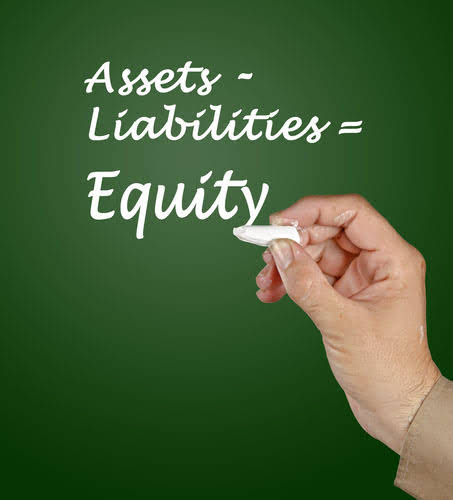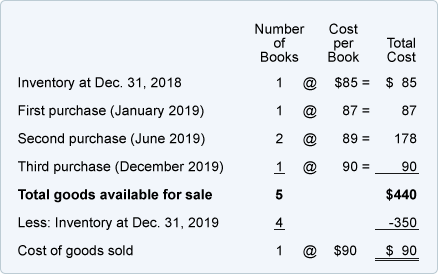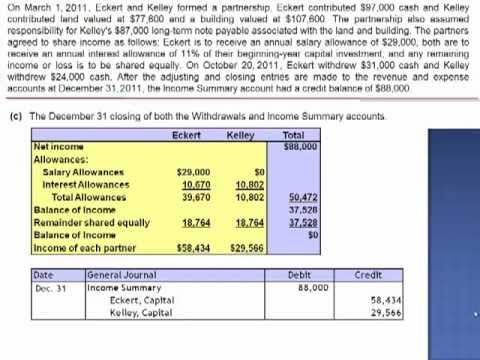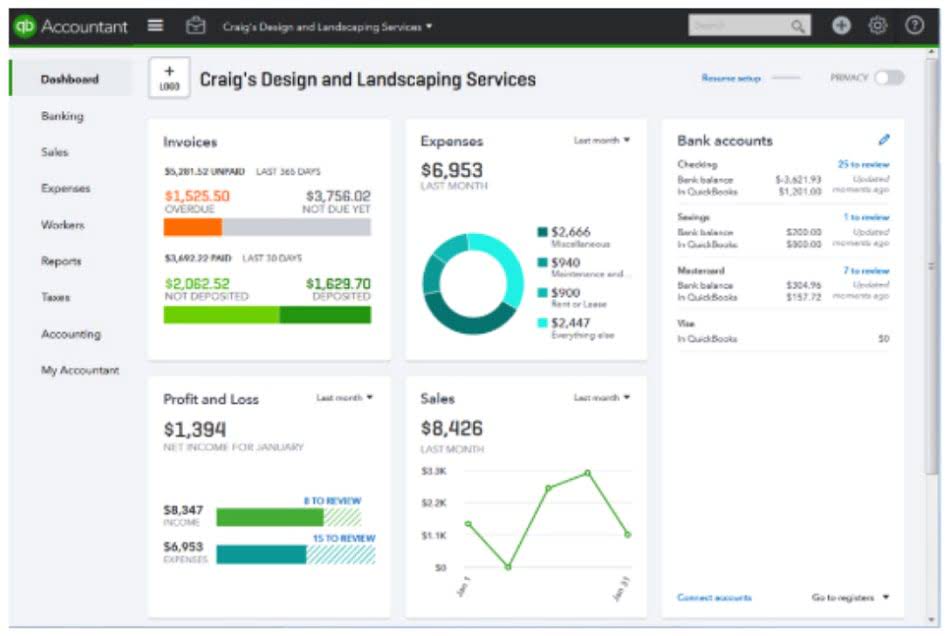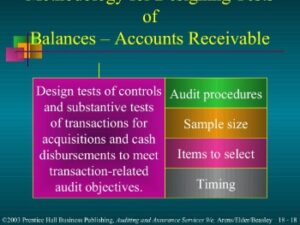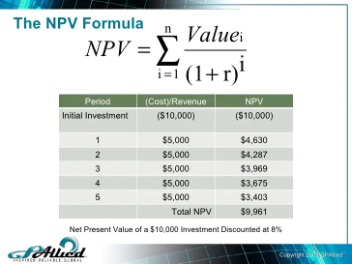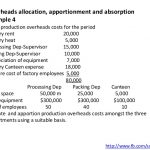
Individuals can advance their careers by mastering relevant accounting topics, creating accurate reports, and finding discrepancies. Organizations can promote bookkeepers to accounting manager or analyst roles. Bookkeepers assist with maintaining records and analyzing companies’ financial health. Professionals may perform multiple tasks, including record-keeping, cash flow management, and payroll. Accounting department employees should have generally accepted accounting principles (GAAP) knowledge, logic, and the ability to pay attention to details.
What are the duties of a bookkeeper?

In these documents, transactions are recorded as a single entry rather than two separate entries. By staying up to date with your bookkeeping throughout the year, you can help alleviate some of the stress that comes with filing your taxes. Learn about start dates, transferring credits, availability of financial aid, and more by contacting the universities below. Kelly Main is a Marketing Editor and Writer specializing in digital marketing, online advertising and web design and development. Before joining the team, she was a Content Producer at Fit Small Business where she served as an editor and strategist covering small business marketing content. She is a former Google Tech Entrepreneur and she holds an MSc in International Marketing from Edinburgh Napier University.
- Watch the videos to find out what a day in the life is like for our Intuit bookkeeping experts.
- Bookkeepers earned a median wage of $47,440 in 2023, according to the BLS.
- And technologies like optical character recognition (OCR) and bank feeds have come just short of fully automating the traditional bookkeeping process.
- However, bookkeepers need more work experience for CB certification than they do for CPB licensing.
- If you need strategic financial advice, an accountant is your best bet.
- However, if you have a rigorous organizational system and a solid knowledge of rules and regulations, it can be straightforward and easily manageable.
- When making this decision, there are two things you should keep in mind.
Get Tips On Job Searching
They provide bookkeeping certifications and training, which can officially make you a Certified Bookkeeper. In this article, you’ll learn more about what bookkeepers do, why they’re https://www.bookstime.com/ important to a business, and how much they earn. You’ll also explore how to become one and find suggested cost-effective courses that can help you gain job-relevant skills today.
What Is Bookkeeping? Duties, Pay, and How to Become a Bookkeeper

These courses teach you the skills you need for entry-level accounting jobs and are a quick, cost-effective way to get into the field. A career in bookkeeping may be a difficult choice because of the decline in future roles. However, bookkeepers can learn specialized skills and earn what is bookkeeping experience certifications to stand out among peers. Corporations may hire comparatively well-educated bookkeepers, especially if they provide additional niche knowledge compared to general accounting software. Bookkeepers are integral to ensuring that businesses keep their finances organized.

Career Benefits
However, depending on a bookkeeper’s location, niche, and clients, they may command a higher salary, sometimes reaching $50,000 per year or above. In this guide, we’ll walk you through the steps needed to become a bookkeeper and start your own bookkeeping business. But as with any other enterprise, running your own bookkeeping business takes some key elements of preparation and knowledge. Coursera’s editorial team is comprised of highly experienced professional editors, writers, and fact… In researching bookkeeping or bookkeeping accounting, you may come across information on accounting or find that bookkeeping and accounting are used interchangeably.
Bookkeeping is largely concerned with recordkeeping and data management. Bookkeepers make sure the information in the books is accurate and that the books are reconciled each month. It’s important to note that not all lenders and investors require certified or audited financial statements. And even if you’re not looking for funding, consider asking an accountant to review your financial statements at least once a year.
I needed a way to be innovative and wanted to build something, and that just wasn’t possible in the roles I had. I didn’t go to what felt like the traditional route of going to a Big Four accounting firm. I remember talking to the manager at my first job before they hired me. Below is a sample bookkeeper job description that you can customize to meet the needs of your business.
Take routine bookkeeping off your never-ending to-do list with the help of a certified professional. A QuickBooks Live bookkeeper can help ensure that your business’s books close every month, and you’re primed for tax season. Our expert CPAs and QuickBooks ProAdvisors average 15 years of experience working with small businesses across various industries. The oil and gas sector has specialized accounting rules to organize expenses, oil reserves, and taxes.


